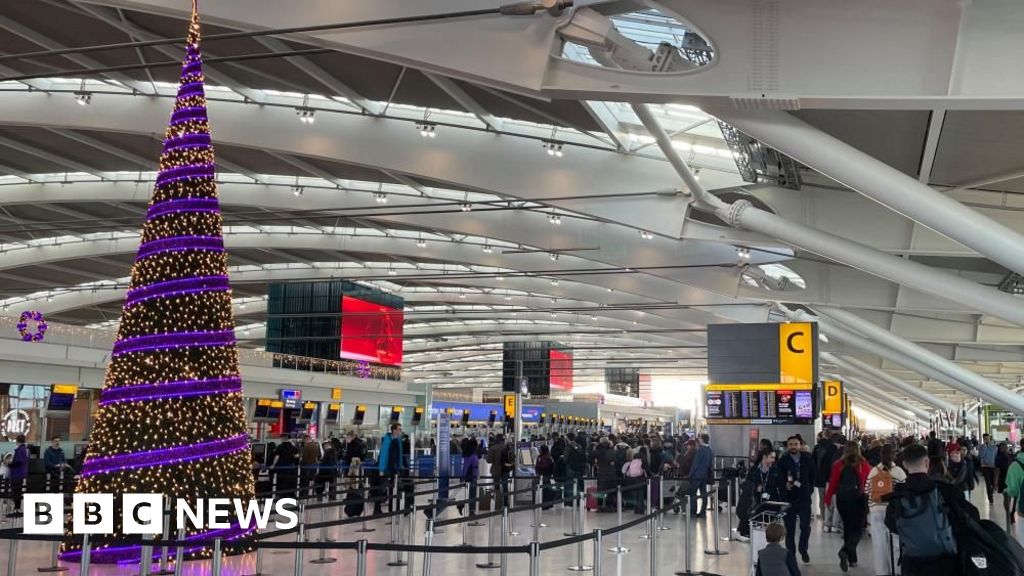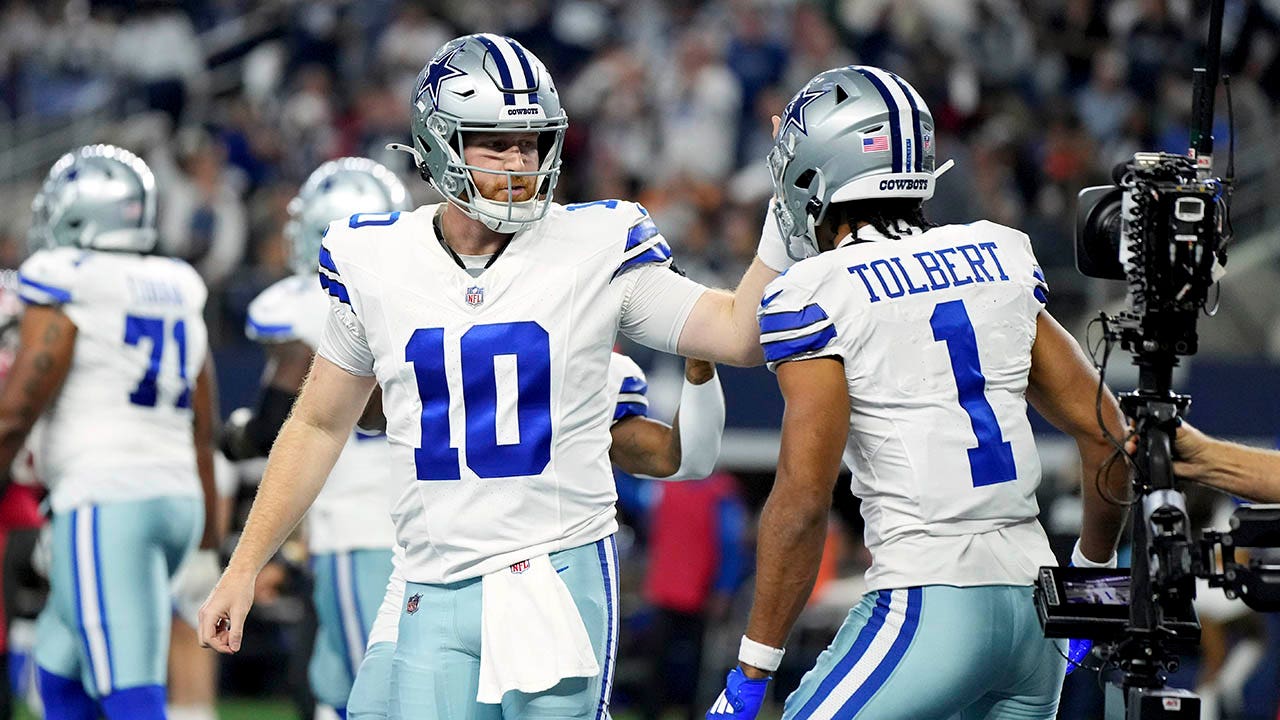The death was announced by the University of Texas at Austin, where Dr. Goodenough was an engineering professor and was working on experiments into next-generation rechargeable power cells well into his 90s.
By the time Dr. Goodenough received the Nobel Prize in chemistry in 2019 — at age 97, as the oldest person to become a Nobel laureate — he was nearly four decades removed from his key discoveries in lithium-ion technology. He was then deep into experiments on new ways to move away from fossil fuels, including batteries made of more eco-friendly components and “super batteries” with huge storage capacities.
“I want to solve the car problem. I’d like to get all the gas emissions off the highways of the world. I’m hoping to see it before I die. I’m 96 years old,” Dr. Goodenough said in 2018 to the Economist, using a recurring joke about his refusal to retire. “There’s still time.”
Dr. Goodenough knew well that battery innovations can move fast and on multiple fronts. The blueprint of modern batteries had been known since the 19th century: electrically charged ions moving through a central ion-releasing substance, known as an electrolyte, to create an electric current. The introduction of lithium, prized as an ultralight metal, brought an entirely new era within a matter of decades.
In the late 1970s, the first rechargeable battery using lithium was developed by Michael Stanley Whittingham, a professor at the State University of New York at Binghamton.
The battery worked at room temperature, a major step toward consumer markets. But Whittingham’s design was volatile, with explosions or fire possible during recharging. Still, it was enough of an advance for a patent application by ExxonMobil, which was funding Whittingham’s research.
Dr. Goodenough tried to improve the concept. He tinkered for four years at Oxford University. “I just knew it was something I should do,” he said.
Then in 1980, he and two postdoctoral assistants hit on a new configuration. They kept the lithium base for the battery’s negative side (known as the anode) but used cobalt oxide for the cathode, the positive pole, instead of Whittingham’s titanium disulfide.
Dr. Goodenough’s combination produced a higher voltage and made the battery far more stable. The boosted power output also meant the battery could be produced much smaller. Oxford, however, wasn’t interested in seeking a patent. Dr. Goodenough signed the rights over to a British atomic research group, excluding him from any future royalties.
In Japan, a professor at Meijo University, Akira Yoshino, made one more critical tweak. He used carbon for the anode and had lithium ions flowing between the poles. The mix was more stable and could handle thousands of recharges.
In 1991, Sony picked up the design and produced the first commercial lithium-ion battery along with Asahi Kasei Corporation, where Yoshino had an affiliation. Sony replaced the bulkier nickel-cadmium in its video recorders, its top-selling device at the time. Then came the flood of uses for lithium-ion batteries: cellphones, tablets, laptops and everything from electric toothbrushes to Teslas and other electric vehicles and hybrids.
Dr. Goodenough, Whittingham and Yoshino shared the Nobel Prize and “created the right conditions for a wireless and fossil fuel-free society, and so brought the greatest benefit to humankind,” said the announcement from the Nobel Committee.
Yet Dr. Goodenough, in essence, dedicated the latter decades of his career to undoing the work honored by the Nobel Prize. He worried the world would become locked in battles to control the battery components, cobalt and lithium and other rare-earth elements, in the same way countries and companies competed for oil.
Supplies of lithium, he said, could become so limited that it could bring back “gunboat diplomacy” to secure supplies. Without new battery designs, “we’re going to have wars on wars fighting over the last reserves of this, that or the other,” he told author Steve LeVine in the 2015 book “The Powerhouse: Inside the Invention of a Battery to Save the World.”
Part of Dr. Goodenough’s research was on “super batteries” that incorporate nanotechnology to greatly improve storage capacity. He also explored using sodium as the anode, allowing for a boundless supply drawn from oceans.
As recently as 2020, Dr. Goodenough teamed up with start-up Energy Exploration Technologies, or EnergyX, founded by entrepreneur Teague Egan, in initiatives such as solid-state batteries, which move away from the current liquid or gel electrolytes to a solid core. The change would, according to proponents, offer possible higher voltage, faster recharging and longer life, and would greatly reduce risks of combustion.
“I have learned,” Dr. Goodenough told the University of Chicago Magazine in 2016, “to be open to surprises.”
John Bannister Goodenough was born on July 25, 1922, in Jena, Germany, to American parents. His father was a graduate student at Oxford at the time, and his mother was a homemaker. The family returned to the United States in the 1920s when his father took a position to teach comparative religion at Yale University.
In his 2008 memoir, “Witness to Grace,” Dr. Goodenough described his parents as a “mismatched” couple and inattentive to him and his three siblings. Dr. Goodenough had troubles in school with undiagnosed dyslexia, which he said he managed to overcome on his own.
After graduating top of his class at the private Groton School in Massachusetts, he received a scholarship to Yale and majored in mathematics. He was called to military duty in World War II just short of graduating in 1943, but Yale granted his degree after giving credit for a military meteorological course. Dr. Goodenough served as a meteorologist in the Army Air Forces in Newfoundland and the Azores.
He was picked for a government-funded scholarship for veterans and studied physics at the University of Chicago under professors such as nuclear physicist Enrico Fermi. Dr. Goodenough earned his master’s degree in 1951 and a doctorate the following year. He worked briefly for Westinghouse before taking a position at the Massachusetts Institute of Technology, where he worked on projects including early experiments in random access memory, or RAM, in computers.
Dr. Goodenough shifted to Oxford in 1976 to teach chemistry and left a decade later to join the University of Texas’s Austin campus. In 2011, Goodenough received the National Medal of Science; he also was awarded the Enrico Fermi Award in 2009.
In addition to his memoir — which intertwines his life with his views on faith, spirituality, and good and evil — Dr. Goodenough wrote seven books on science and hundreds of articles for scientific journals.
In 1951, he married Irene Wiseman. She died in 2016. They had no children. Survivors include a half sister and half brother.
Although Dr. Goodenough never received patent royalties for the advances at Oxford, his lab was drawn into high-profile financial battles over battery technology.
In 2008, the University of Texas and Hydro-Quebec reached a settlement of $30 million from the Japanese telecommunications giant Nippon Telegraph and Telephone (NTT), which had patented battery innovation made by a graduate student under Dr. Goodenough and apparently given to NTT by a Japanese scientist visiting the lab. NTT acknowledged no wrongdoing as part of the settlement.
At MIT, meanwhile, Professor Yet-Ming Chiang asserted that he made improvements to Dr. Goodenough’s battery concepts and launched a company called A123, whose share price soared in a 2009 initial public offering to briefly reach a company valuation of over $1.9 billion. Three years later, the company filed for bankruptcy and sold its assets to a rival battery maker.
For Dr. Goodenough, the lesson was clear: As the push for greener energy grows, so will claims about breakthroughs in batteries. “When everybody’s blowing trumpets,” he told the Economist, “be careful.”















































